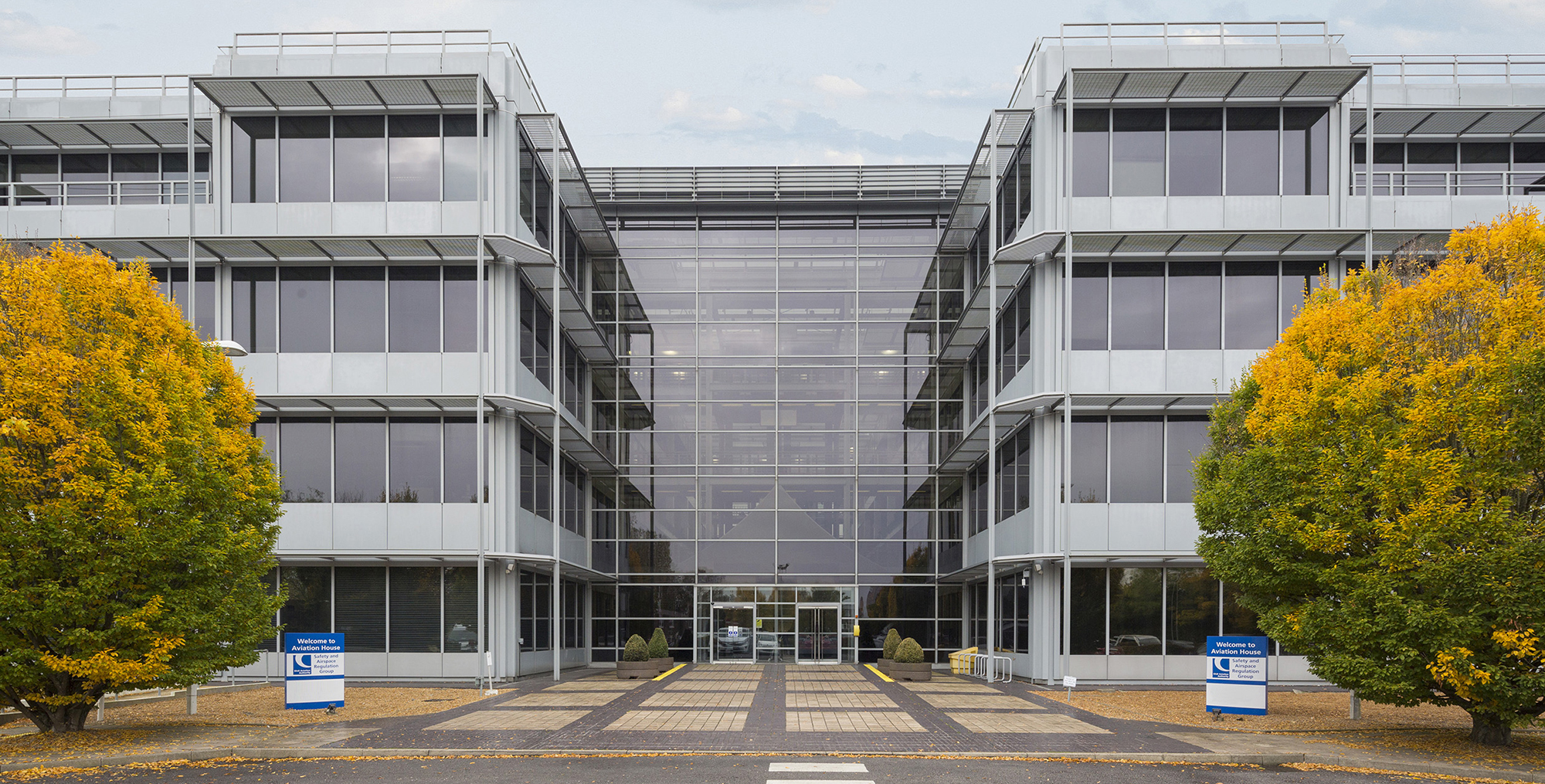Blog posts
Sir Stephen Hillier's message to aerospace sector on ahead of Farnborough International Airshow
Range control licences: Giving space space
Strengthening aviation safety through bilateral arrangements
Flight 100 – Our role in enabling the first transatlantic sustainable fuel flight
Soaring to New Heights: Re-launching our STEM website
A year on from Launcher One: Reflections on airspace requirements for space operations
Transforming transactions: Updating our payment systems to improve security and customer service
Navigating the Skies: Explaining the Airline Licensing Process
Putting passengers first: Our consumer strategy
Provide feedback for this page

